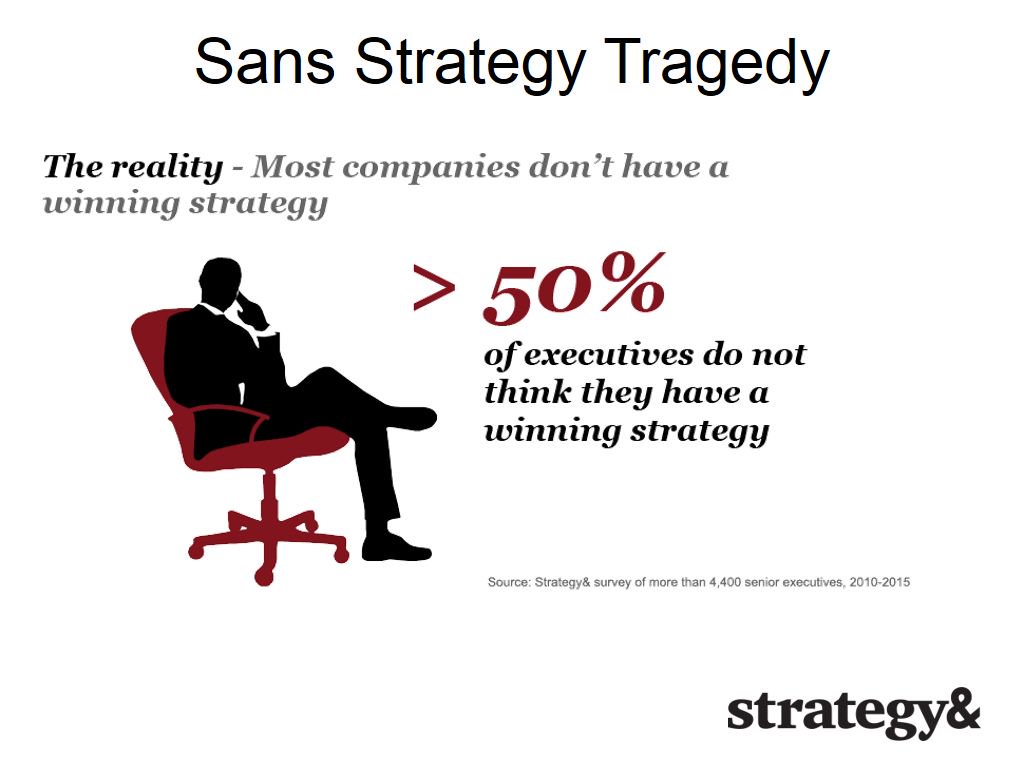Valor é criado quando uma empresa consegue criar uma oferta em que a willingness to pay (WTP) supera o cost to serve (CTS). A diferença entre o WTP e o CTS define a dimensão do valor criado. valor esse que terá de ser dividido entre o cliente e o produtor.
Tal como na figura, a vantagem competitiva de uma empresa pode ser uma função de conseguir fornecer o mercado com custos mais baixos, ou uma WTP superior ou uma mistura de ambas.
Infelizmente, muitas PME contentam-se em trabalhar na zona A muito mais do que na zona B (se soubessem o que aprendi com Marn e Rosiello naquele mês de Janeiro de 1992, na verdade só aprendi mais tarde - nunca é tarde para aprender, ás vezes é demasiado cedo)
"Where does price fit in? As shown in the right-hand panel of figure 5.2, companies can choose to price their products anywhere between WTP and CTS. This is a strategic decision that reflects how a company wants to divide the product value between itself and its customers. Consumers benefit from lower prices by enjoying a higher consumer surplus, the difference between what a consumer is willing to pay for a product and the actual price charged. High consumer surpluses spur sales, increasing growth and customer satisfaction. Producer surplus is an equivalent concept from the opposite perspective—the difference between the price a company charges and its unit cost. Obviously, companies that enjoy a competitive advantage in the marketplace have more pricing flexibility when choosing how to allocate value between the company and consumers."A não ser que uma empresa queira ser o fornecedor com o custo mais baixo o truque é trabalhar para aumentar o WTP, trabalhar na zona B.
Continua.
Trecho e imagem retirada de "If You're in a Dogfight, Become a Cat!: Strategies for Long-Term Growth"































